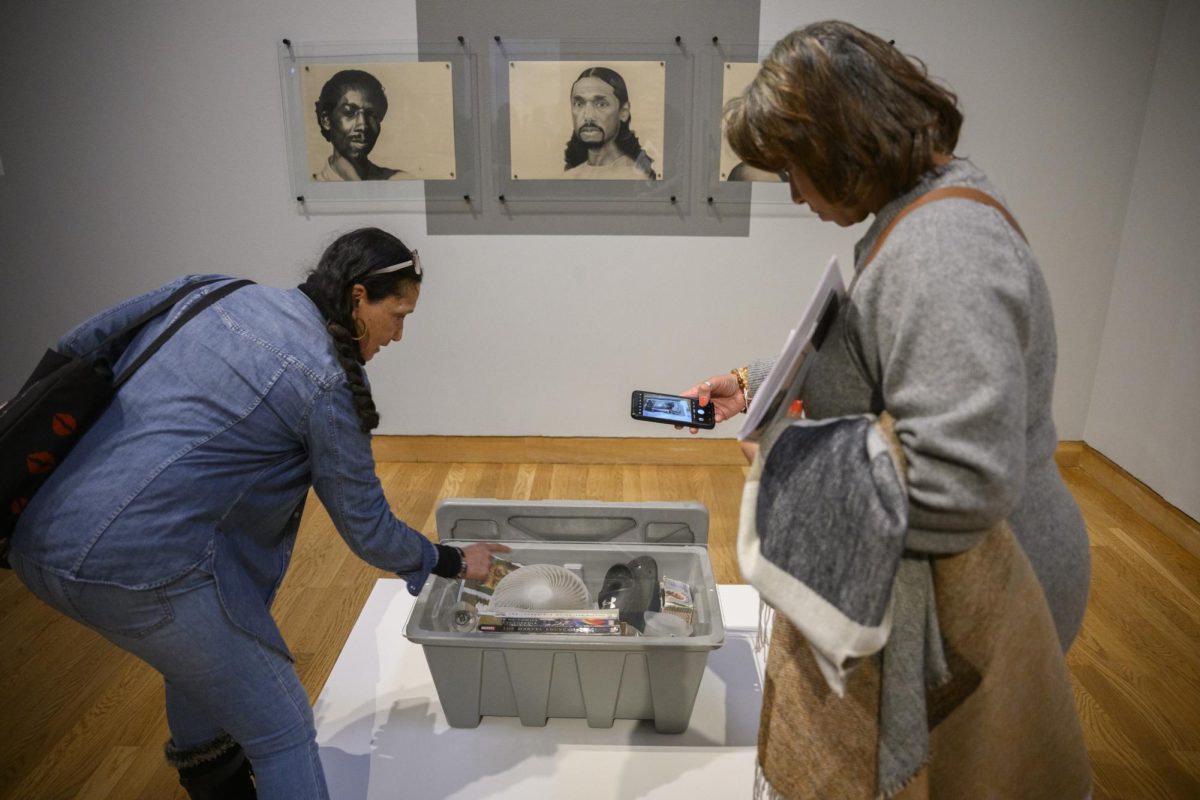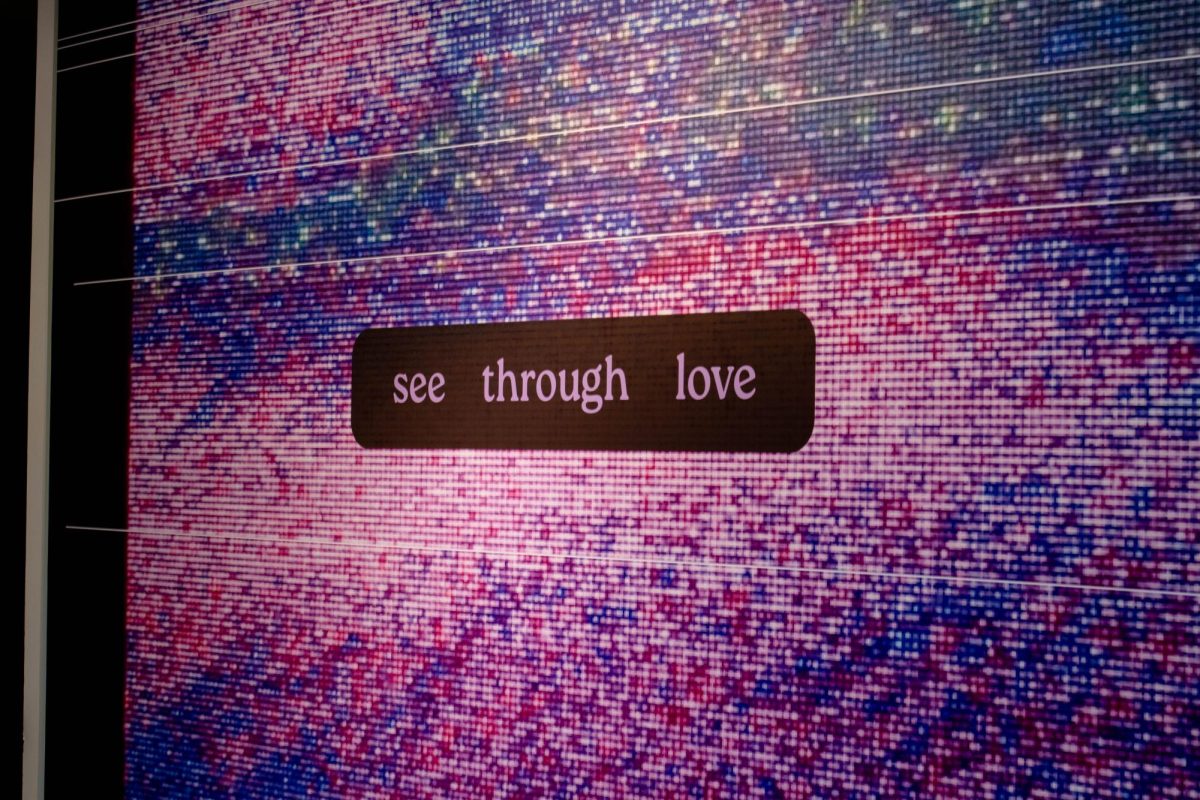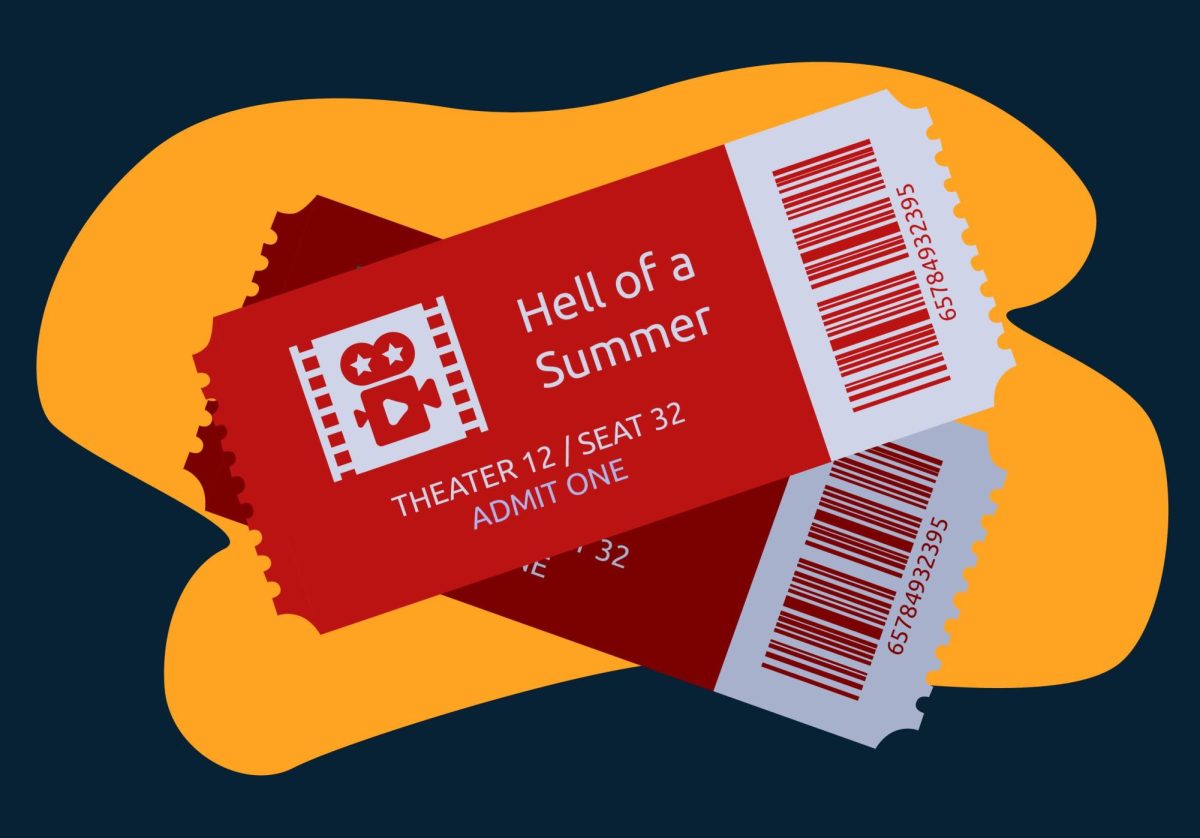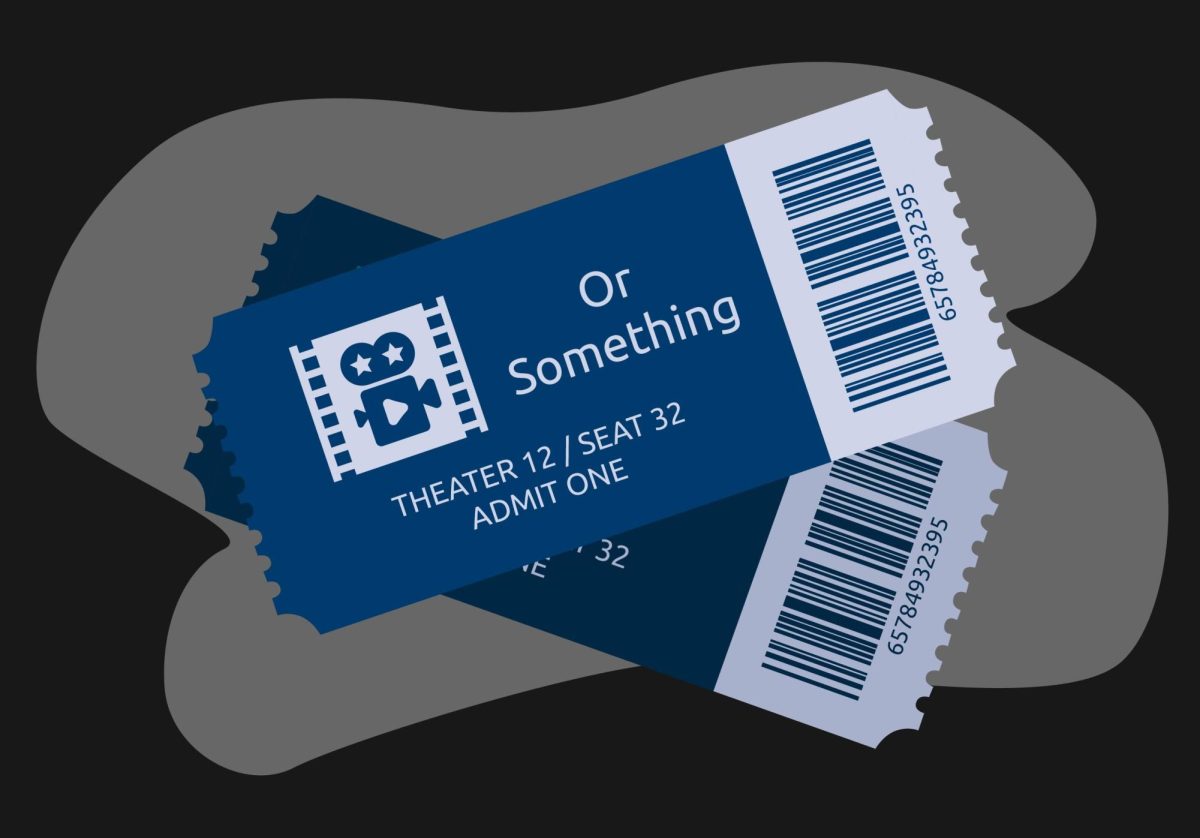The dilapidated silhouette of the old Sears and Roebuck Tower has loomed over the Lake Street corridor for years. At its best, it symbolized a chunk of Minneapolis’ colorful past – an era when Lake Street was a bustling intersection of economics and domesticity at the twilight of modern consumer capitalism. At its worst, it was a gloomy, useless eyesore with busted-out windows and urine stains on the side of the building.
Since Sears closed its doors for good in 1994, the property has been vacant. But the opening of a public cultural bazaar inside the building has awakened both sleepy Midwestern taste buds and a new sense of public optimism.
The Midtown Global Market, as this new phenomenon is called, is the product of years of cosmic forces, left to marinate and morph into a global fusion of cuisine, art and community-friendly business.
The market – the first of its kind in Minneapolis – opened in June and occupies the ground floor of the building. It boasts an international variety of more than 50 vendors and myriad live acts. Inside it is a global smorgasbord where eager armchair travelers, first-dategoers, families and curious wanderers can get samplings of the world’s best eats at reasonable prices.
West Indies Soul serves Caribbean comfort food such as jerk chicken and catfish. Already a well-known local Mediterranean joint with its flagship store in Northeast, Holy Land Deli offers a daily buffet and smothers gyros in tasty tahini sauce. Manny’s Tortas has greasy, spiced submarines native to Mexico City. And from the owners of Babalu, La Sirena Gorda (The Fat Mermaid) cooks their famous sizzling Mexican seafood.
For home cooking, the market is also host to a produce exchange, bringing both familiar produce (apple) and not-so-familiar (plantain) in an open-air market setting. The Republic of Fish sells seafood using an eco-friendly rating system created by a California-based nonprofit called Sustainable Fishery Advocates. And fresh yak and bison meat is available by the pound.
Midtown also has a variety of specialty goods vendors, where patrons can purchase everything from Chinese porcelain vases to homey Scandinavian textiles to Venus flytraps. Also available are Tibetan gifts, African masks, bejeweled pendants and organic care products. Many artisans rent booths for days or weeks.
After the food is ingested, the atmospheric glee continues with free live entertainment (check the Web site for scheduling). The stage in the Central Plaza frequently hosts acts such as the Balloon Man and African drum troupes. The free salsa dance classes are a huge hit, both to watch and to partake in.
Speaking of entertainment, the Midtown Global Market enjoys having artists come in from the community to perform on the plaza stages. Anyone interested can go to its Web site and fill out an application.
The amazing success of the Midtown Global Market, combined with the frenzied welcoming it received from local communities and media, makes it almost impossible to envision the near-fatalistic process involved in getting a project like this off the ground. Everyone predicted that it would flop, and for good reason.
Some thought the concept was artificial and flawed. A chain grocery store had its eye on the space for a time. Planners worried that fears of gentrification and increasing rents would hinder neighborhood support. And up until the Latino and East African communities began to revitalize the boulevard in recent years, the neighborhoods around Lake Street haven’t exactly thrived as a prime cultural destination. Crime and neglected storefronts don’t do much for business.
Bottom line, the project was unprecedented here.
“This is a brand new concept in the Twin Cities. It’s untested. It’s scary, and it’s expensive,” said Patricia Brown, the market director for Midtown Global Market.
Nonetheless, developers and four nonprofit organizations saw a remarkable potential in an international market by, for and reflective of the nearby communities. The African Development Center, Powderhorn Phillips Cultural Wellness Center, Latino Economic Development Center and Neighborhood Development Center have each worked in the Phillips and Powderhorn neighborhoods for years.
“The Phillips and Powderhorn neighborhoods are some of the most ethnically diverse neighborhoods in the nation,” Brown said. “They’re up there with some neighborhoods in Los Angeles and New York City, and that is a major asset that we are really proud of. It is very important that we have representation in this market of all different groups that make up the Twin Cities and Minnesota today.”
The support and involvement of the community is what gives the market that truly authentic feel. If a private company would’ve came in and tried to create an artificial global market, it would have bombed.
“We knew that the market could not succeed without the support of the minority ethnic groups,” Brown said.
The guiding visionaries obviously had some inkling of ingenuity. Three months into the opening, Midtown has managed to stir up, seduce and satiate the masses. Even more importantly, it represents a glimpse into the future of cultural fusion and community wellness in the Twin Cities’ own unique version of a global village.
A day’s romp at the market can best be compared to a whirlwind love affair. You find yourself sucked so far into the intoxicating ambience that you barely have the time to stop and lick off that hot chipotle mayo or tahini sauce encrusted to the sides of your mouth before skipping off to another frolicsome venture.
Midtown Global Market was the final bang needed to awaken Lake Street’s decadelong slumber. And in the process, it has also revitalized the taste buds of the entire Twin







